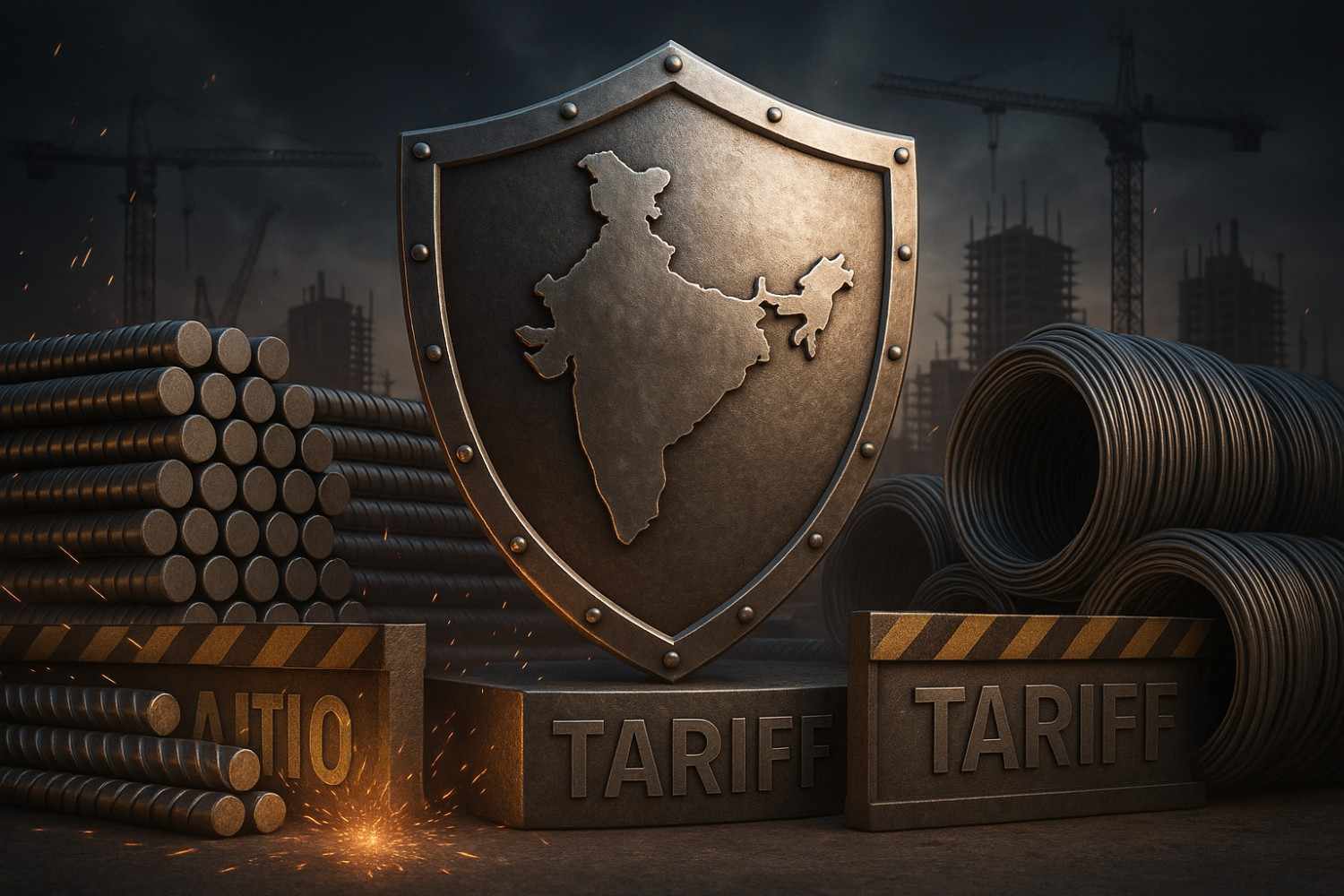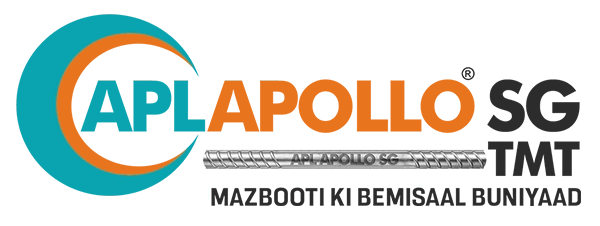
Introduction
In response to a steep surge in steel imports-especially from China-India’s Directorate General of Trade Remedies (DGTR) has recommended a 3-year safeguard duty on certain steel items. The phased tariff starts at 12% in Year 1, decreases to 11.5% in Year 2, and reduces further to 11% in Year 3, seeking to protect domestic steel manufacturers.
For contractors, builders, and buyers of TMT bars, binding wires, welding rods, and fasteners, this safeguard structure creates both challenges and opportunities. Here’s what you need to know to evolve your procurement and budgeting strategies accordingly.
Why Was the Safeguard Tariff Recommended?
- DGTR cited a “sharp and significant” increase in steel imports, particularly flat steel products, which threatened to dampen domestic industry, causing profitability drops and production setbacks.
- The provisional 12% safeguard duty imposed in April helped stabilize domestic steel production amidst flooding imports. Reuters
Tariff Timeline at a Glance
Year | Suggested Safeguard Duty |
Year 1 | 12% |
Year 2 | 11.5% |
Year 3 | 11% |
This phased approach provides a window for contractors to recalibrate strategies over time.
Potential Impact: Costs, Supply & Strategy
- Higher Input Prices: Expect a 1–2% rise in steel material costs, especially for imported items like flat steel, coils-crucial in TMT production.
- Supply Chain Tightening: Tariffs may compel reliance on domestic producers; sourcing strategies must adjust quickly.
- Long-Term Planning: Lock in orders during Year 2 or 3 as the duty tapers down-hedging for better margins.
How This Affects TMT Bar Buyers
- Domestic Focus: With import costs rising, Indian steelmakers like APL Apollo SG (Fe 500D, Fe 550D) gain appeal for their quality and availability.
- Price vs. Performance: Premium-grade ductile TMT bars (Fe 500D, Fe 550D) may offer better value and structural resilience, even at slightly higher tariff-adjusted cost.
- Project Sustainability: Buyers can use this period to negotiate long-term supply contracts with steel mills, avoiding tariff shocks.
Broader Industry Context
- Auto, Engineering & Construction Pain: Experts warn that the tariffs may “cripple” downstream industries by escalating input costs. The Economic Times
- Capacity Trends: New policies, including the “Domestically Manufactured Steel Products Policy,” encourage use of Indian-made steel.
Actionable Procurement Tips
- Secure Price Stability: Lock in supply deals before Year 1 tariffs hit peak.
- Embrace Domestic Quality: Opt for Fe 500D or Fe 550D bars to balance cost with performance.
- Stagger Orders: Split procurement across the 3-year period to benefit from decreasing tariffs.
- Bundle Requirements: Consider bundling TMT, binding wire, welding rods, and fasteners in a single supply agreement for better pricing.
- Stay Informed: Track DGTR updates and policy shifts, including tariff adjustments and compliance notifications.
Conclusion
India’s recommended 3-year safeguard tariff on certain steel imports is a structural shift with long-term consequences for supply, budgeting, and procurement.
By proactively adapting-especially by partnering with reliable domestic suppliers like SG Mart Limited-contractors and buyers can stabilize their costs, ensure supply resilience, and maintain quality construction standards.



